This blog was written by a group of educators who participated in a Creative Session at the September 2025 UKFIET conference, chaired by Andy Brock. They are: Andy Brock, Chris Berry, Khadijah Fancy, Mikailu Ibrahim, Gordana Kelava, Aggie Nakirya, Khaing Phyu Htut, Laura Savage, Euan Wilmshurst, Sheila Avila, Sophie Lashford, Malcolm Mercer and Marion Smallbones.
Summary: The crisis of aid funding is leading to predictions of the demise of international education. In the belief that the only way to predict the future is to create it, three possible futures are presented here – all possible separately, or in combination. Our conclusion is that quick and collaborative action is needed: If educators don’t define what this future looks like, others, who know far less, will.
In September 2025, a group of educators came together at the UKFIET conference in Oxford for a creative session on the future of global education, faced with a drastic decrease in development assistance.
Educators of all stripes (academics, practitioners, donors) debated where global education might go after the evisceration of USAID and the de-prioritisation and defunding of FCDO education aid. The focus was squarely on the funding: UNICEF estimates $3.2bn will be cut from education by 2026, an unprecedented 24% drop. Even before this funding crisis, UNESCO estimated the global funding shortfall for education at $100bn.
In the belief that the only way to predict the future is to create it, we discussed three scenarios for the future leadership and funding of the global education architecture, which, though not mutually exclusive, are different enough to warrant being discussed separately.
The three scenarios were:
- Scenario 1: Enhanced or full localisation. Education development led by countries on their terms not donor terms and a focus on domestic financing.
- Scenario 2: Global public investment in education. A collaborative arrangement where funds are pooled and each country benefits according to need not contribution. This might build on GPE and ECW, or reform them.
- Scenario 3: Philanthropy-led/co-partnered. A model where philanthropic organisations partner more actively with traditional donors, and/or governments directly.
More united than divided
Whilst three very different scenarios of the future were posed, and views in the room were diverse, interestingly, aside from the scenarios not being mutually exclusive, the common threads that emerged after discussion were more apparent than might first appear.
Firstly, all three scenarios started with looking at the values that would underpin them – in whatever form they took. For example, power imbalances between north and south could easily be replicated in new support mechanisms unless actively examined. There was a desire, especially pronounced in the localisation scenario, to see local expertise and ownership prized. But, even within the philanthropy scenario, this was also recognised: philanthropies acting like traditional donors, packaging old wine in new bottles, will just not cut it.
Secondly, starting modestly, and spending time to build partnerships and make changes that create confidence in new approaches, came through as common to all three scenarios. A model making use of existing regional or educational structures might work for the public investment scenario. Focus was emphasised on creating ecosystems for the philanthropy scenario, not ‘ego’-systems. Building an ecosystem that drives localisation, including communities and the private sector as well as government, came out strongly in the localisation scenario (systems that reflect the principle that #TheSouthAlsoKnows).
Thirdly, rethinking the roles of donors (including philanthropies) in any scenario, or combination of scenarios, is essential. The scale of the financial challenge, and an understanding that replacing the quantum of lost funds is impractical, does not mean letting donors off the hook. In fact, it even argues for much greater coordination and collaboration than before.
Working with countries to help structure and shock-proof debt relief; building systems to raise taxation; developing mechanisms to underwrite funds provided by philanthropy/the private sector – these are all ways in which donors can help (even with drastically reduced budgets). In the case of the localisation and public investment scenarios especially, restructure and consolidation in the top-heavy aid architecture is an urgent necessity (see this NORRAG blog by Nicholas Burnett for an analysis of this).
Collaboration and reinvention
A pretty universal consensus was that the future of education finance will need all three channels – and indeed other new or nascent channels – if there is to be any chance of progress for the world’s most disadvantaged children. A show of hands for which scenario seemed more likely – taken at the beginning and the end of the session – showed a strong preference for the localisation scenario – putting local/national actors in the driving seat.
The key to the progress of each scenario, or a combination, is the need for global educators to think and act collaboratively, not competitively.
“If educators don’t define what this future looks like, others, who know far less, will.”
What can YOU do
For those interested to continue engaging with these issues we suggest:
- Talk with your colleagues, either at work or in your education network about these ideas – maybe use this blog as a starting point.
- Raise questions at conferences/meetings where the future of support to education is being discussed.
- Amplify the voices of those not often heard from local organisations – seek their ideas and help them have a platform.
If you want more information about each Scenario – the three Scenario leads: Chris Berry (Scenario1); Andy Brock (Scenario 2); and Gordana Kelava (Scenario 3) can be contacted to suggest further resources.

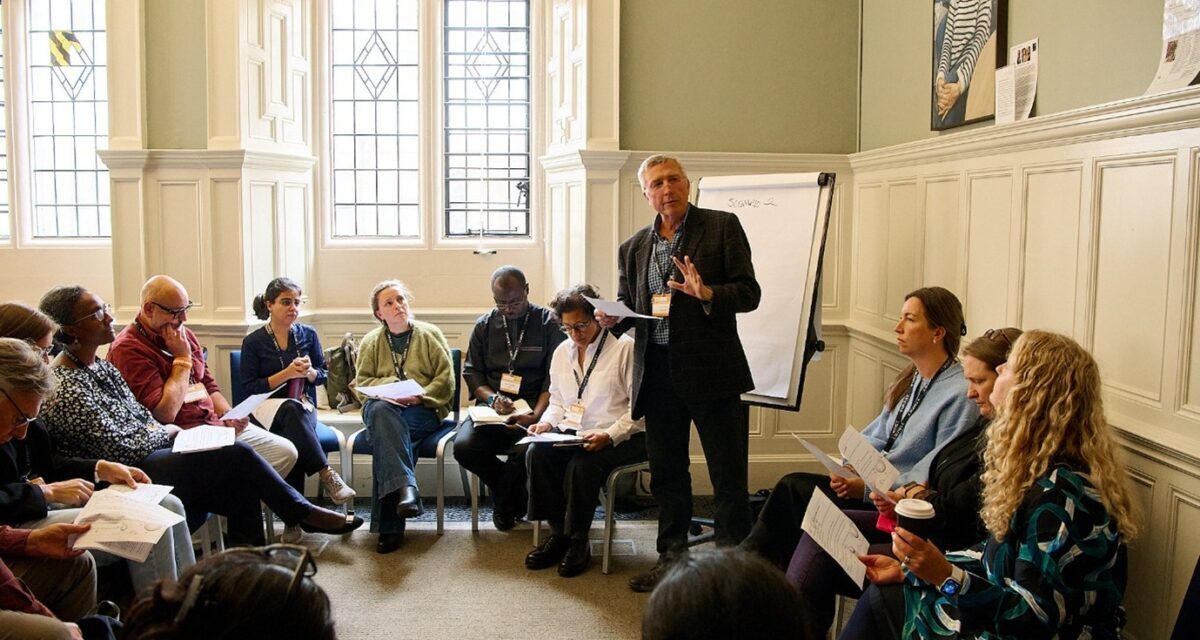
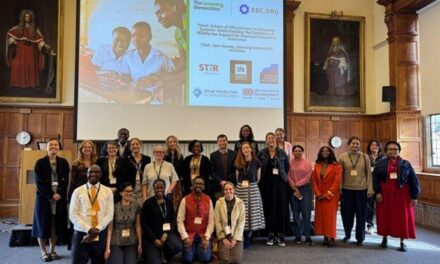
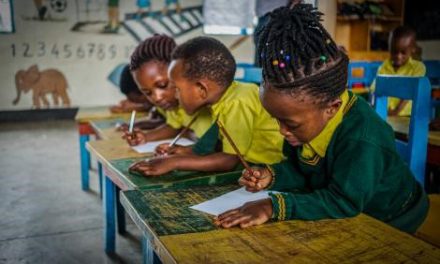
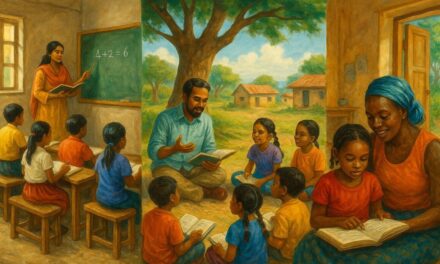
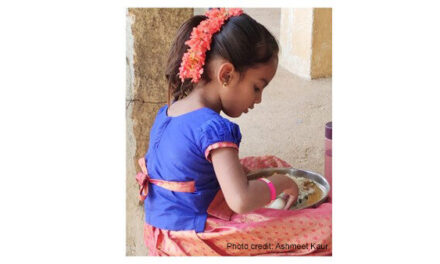
Thanks Andy – it was a pleasure to be part of this creative session. I felt that it created quit a buzz and reminded us of the challenges the global education architecture faces. With declining resources and a shift away from ‘direct delivery’, I hope that education for children affected by conflict and climate crises can remain a clear focus of our support.
Great to be part of this co-creation and evolution of resourcing for sustaining human services where they are most needed.